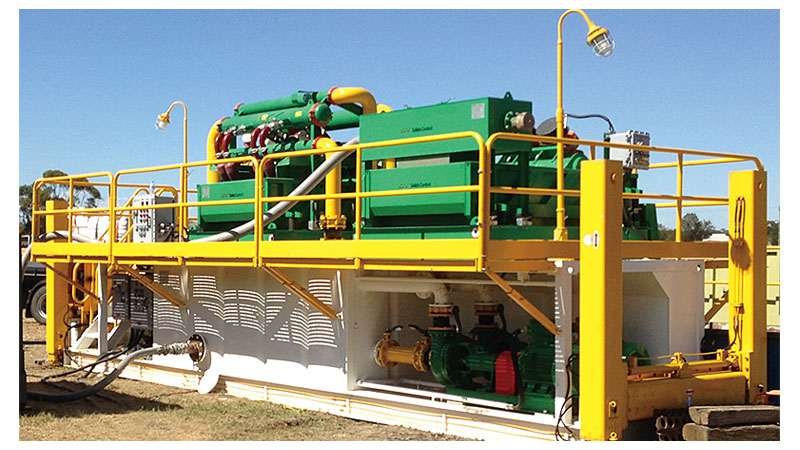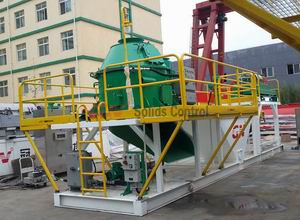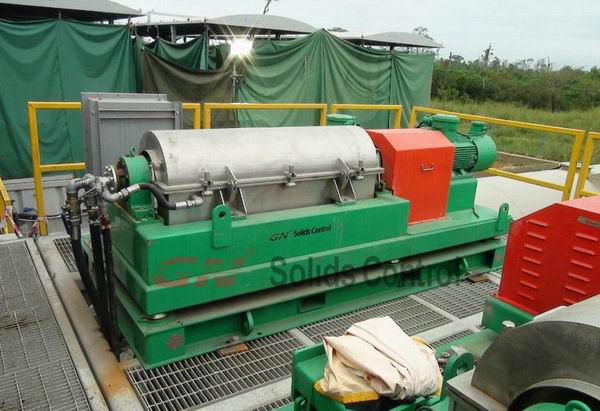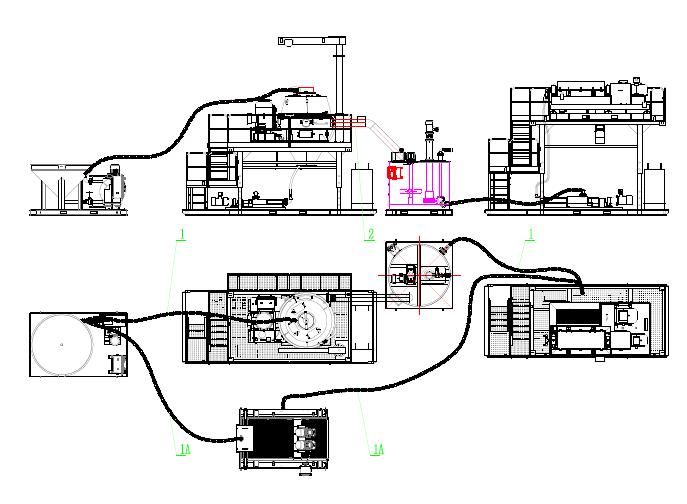As solids control equipment supplier,GN name part number for spare parts of different equipment like shale shaker,centrifuge,vertical cutting dryer,Engineer is always keep developing equipment the model number is freshing every 1~2 years,it caused one equipment can use spare parts based on different part number,when client’s need maintenance,we always advice provide part number,for our exact and fast find suitable product for equipment
For stable deliver time,GN may have not only one spare parts supplier to keep fastest supply for client,some time,one supplier’s ability is not enough for some big project,ans we will name different part number based on supplier,to make sure client get same quality product,and better use experience
GN also was shale shaker replacement screen supplier,we will meet some client use mesh number and screen to find suitable replacement screen,but we find it will make mistake sometime,because most shale shaker supplier will use API/Part number to supply right screen,and mesh/size will make misunderstand
We advice client provide screen’s OEM part number or shaker model and API number to make sure we supply suitable replacement screen to do solids separation,and get good result
Replacement screen is special product for solids control,because wrong API number choose will cause rest equipment not work well,so,we use part number to help client find right product and save unnecessary lost
More question,please feel free to contact GN solids control












